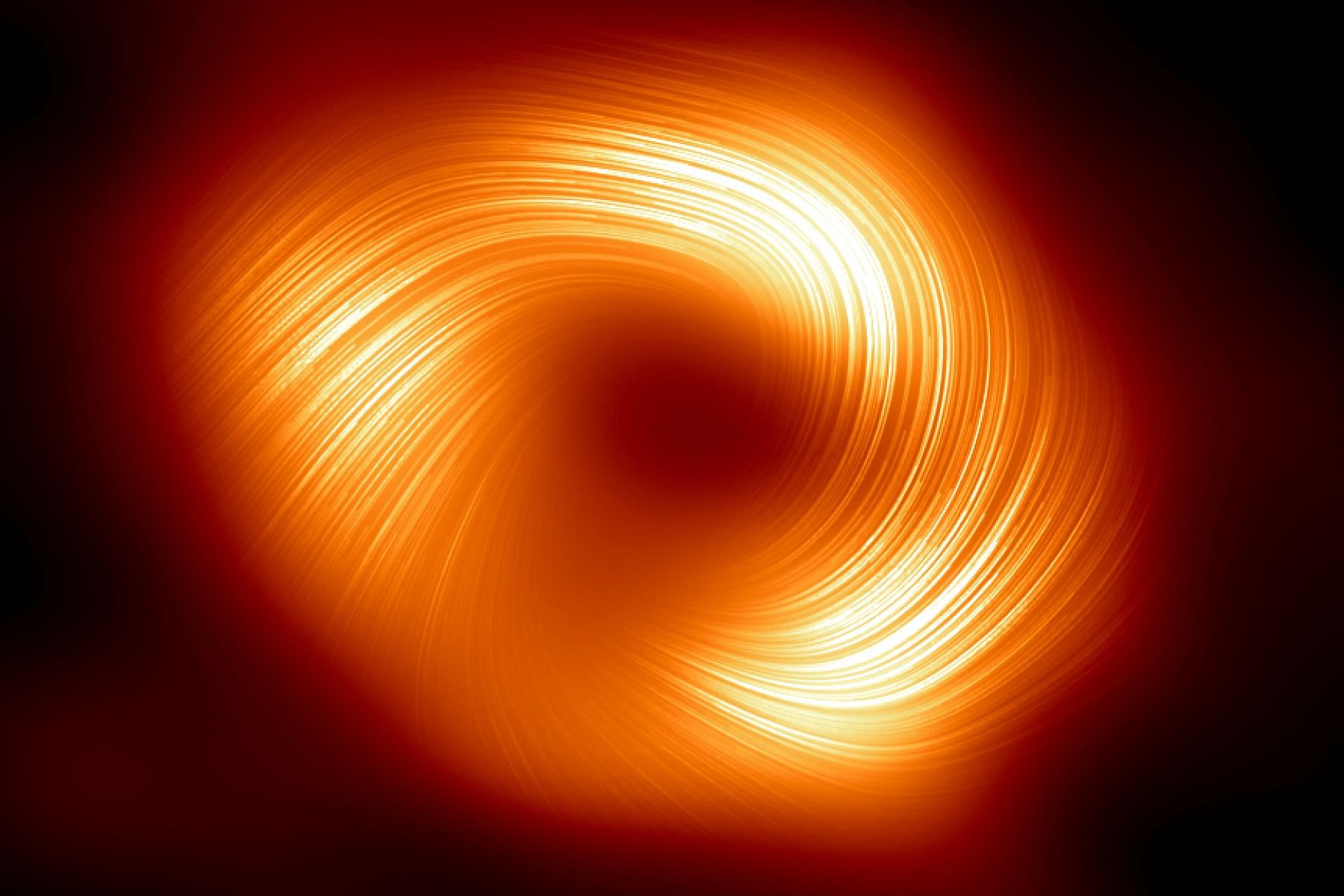In July 2020, China’s Tianwen-1 mission arrived in orbit around Mars, consisting of six robotic elements: an orbiter, a lander, two deployable cameras, a remote camera, and the Zhurong rover. As the first in a series of interplanetary missions by the China National Space Administration (CNSA), the mission’s purpose is to investigate Mars’s geology and internal structure, characterize its atmosphere, and search for indications of water on Mars. Like the many orbiters, landers, and rovers currently exploring Mars, Tianwen-1 is also searching for possible evidence of life on Mars (past and present).
In the almost 1298 days that the Tianwen-1 mission has explored Mars, its orbiter has acquired countless remote-sensing images of the Martian surface. Thanks to a team of researchers from the Chinese Academy of Sciences (CAS), these images have been combined to create the first high-resolution global color-image map of Mars with spatial resolutions greater than 1 km (0.62 mi). This is currently the highest-resolution map of Mars and could serve as a global base map that will support crewed missions someday.
Continue reading “A Global Color Map of Mars, Courtesy of China’s Tianwen-1 Mission”










